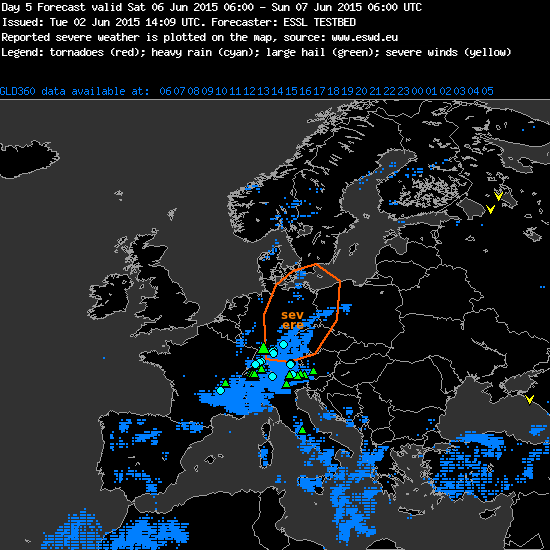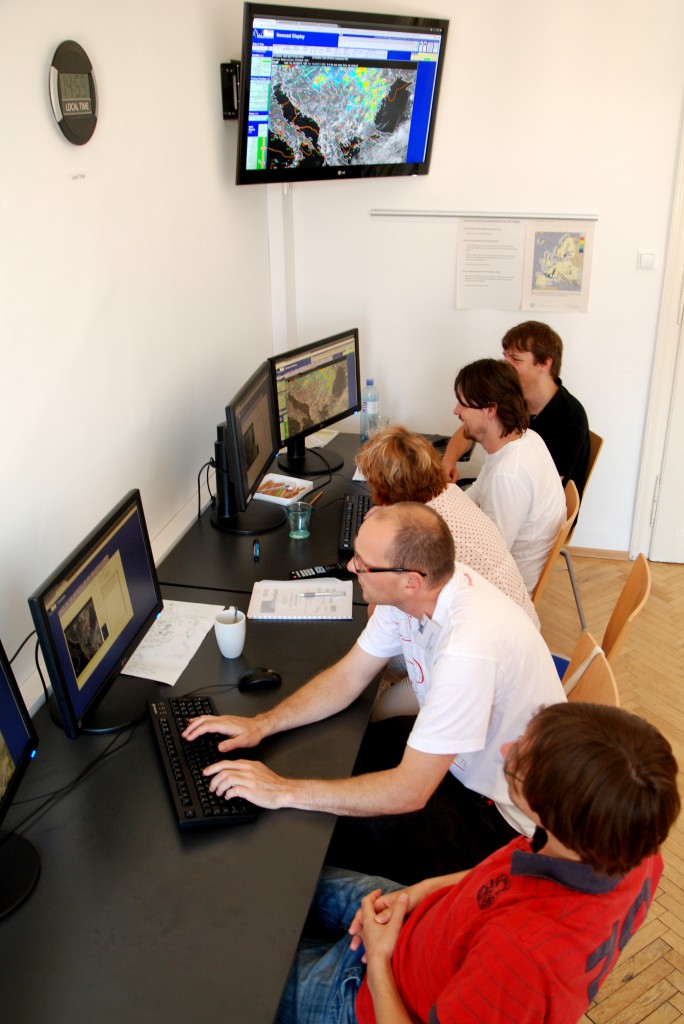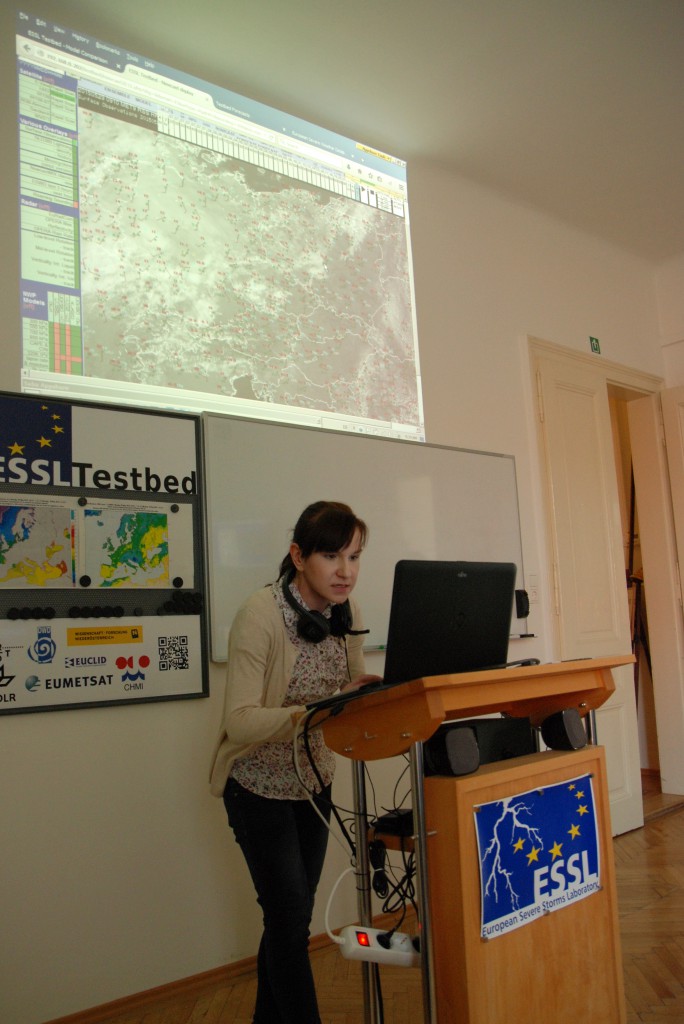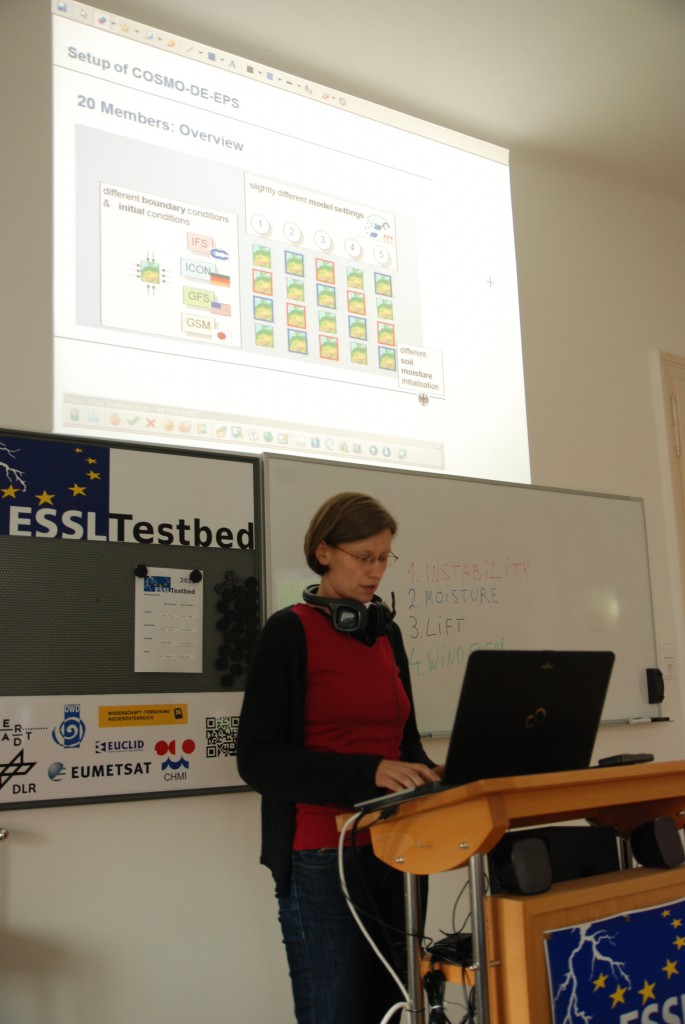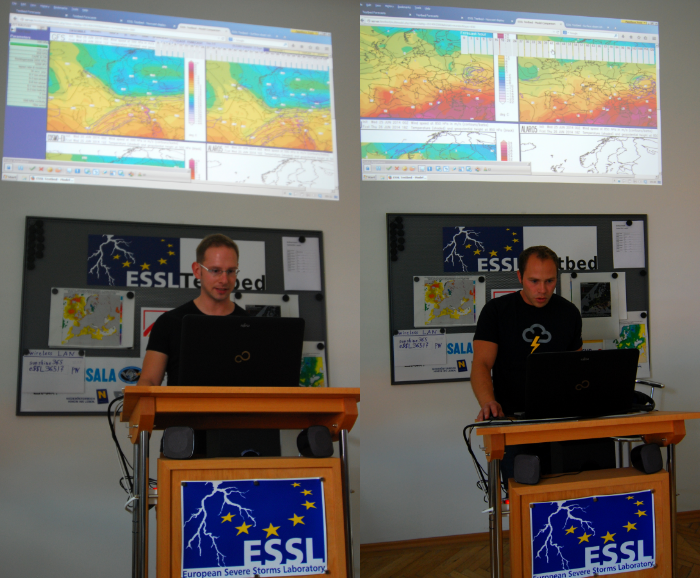Currently we are having a break from our Testbed activities, 3rd Testbed week starts on 15th June. However, it is worth to make a short summary of the previous week and participant’s forecasts. Total of 6 participants from 6 different countries took part in 5 expert lectures and within the support of the 3 ESTOFEX forecasters prepared 8 day1 and day2 forecasts, 12 nowcasts and 6 day3-5 forecasts. The most important days in the context of severe weather were Thursday, Saturday and especially Friday. Below we present the most interesting forecasts where participants managed to predict severe weather quite well! It is also worth to highlight Day4 and Day5 forecasts that relatively well pointed out areas where severe weather was likely. We start with the longest lead time forecasts:
Few of the nowcasts that were issued by our participants were very distinctive in distinguishing areas where severe weather was likely, below we present 2 best nowcasts, the second one with large hail nowcast is very impressive (6 reports)! Well done!
… and some pictures of the participants and ESSL Team during their work on Friday! 😉


